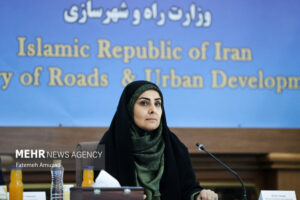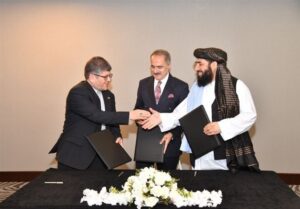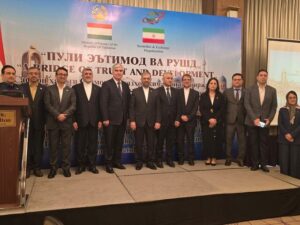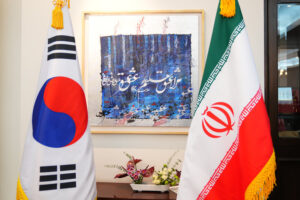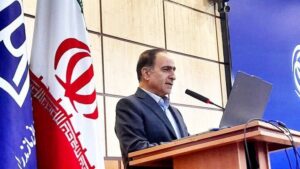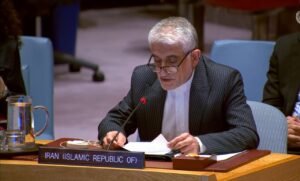Avash News: According to Behzad Raigani, Head of Public Relations at the Department of Environment, KBF and UNDP have approved project funding for Iran following a competitive evaluation stage among several countries. Iran’s proposal ranked at the top of the final assessment, leading to the allocation of a regional financial share to the National Headquarters for Dust Policy-Making and Management.
Raigani explained that this achievement is part of Iran’s strategy of “environmental diplomacy and regional cooperation to combat dust,” implemented under the Seventh Development Plan and in close coordination with the regional UNDP office.
He noted that the Kunming Biodiversity Fund is a new global financial mechanism focused on biodiversity conservation and complementary climate action. The fund, established in 2024 with the support of the Chinese government, operates through UN agencies to advance international environmental projects. Iran’s project marks the first initiative to integrate multi-stage dust control measures with biodiversity protection on an international scale.
According to the proposal, the project includes three main components:
Strengthening institutional and technical capacities for biodiversity protection in dust-affected regions.
Designing and implementing conservation programs to protect plant and animal species in ecologically sensitive zones.
Raising public and expert awareness to support ecosystem health and biodiversity resilience.
Dust storms have increasingly affected Iran in recent years, as the country lies within arid and semi-arid climatic zones. Iran has undertaken regional and international efforts to identify major external dust sources, identifying eight primary dust centers influencing the country. These include areas in Saudi Arabia (central and northern), the UAE, Iraq (central and northern), Turkmenistan, Tajikistan, Afghanistan, Pakistan, and some border regions within Iran.

